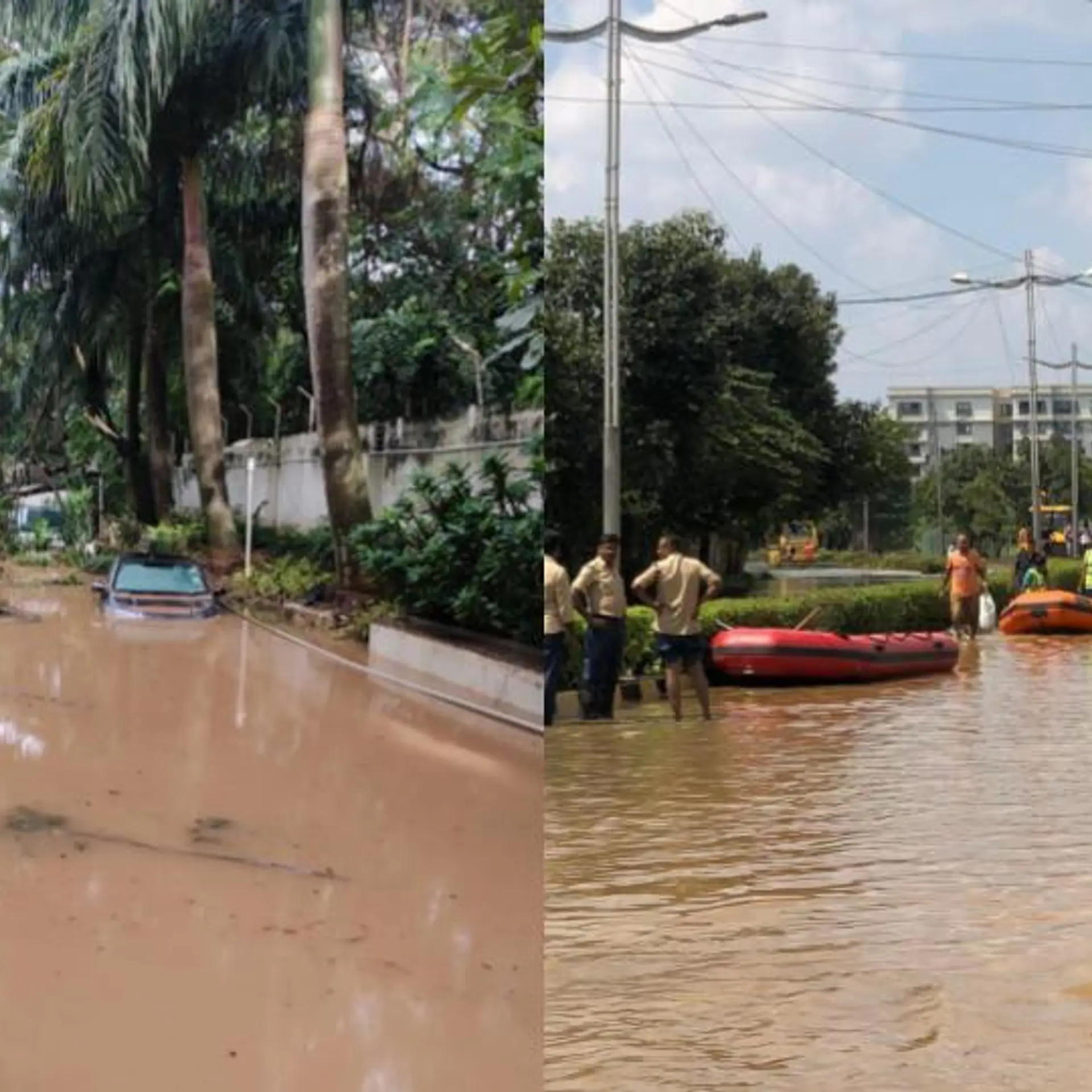GreenField Softwares Provides Environmentally Sustainable ITSolutions

The term Green computing or green IT refers to environmentally sustainable computing or IT. It is defined as the study and practice of designing, manufacturing, using and disposing of computers, servers, and associated subsystems efficiently and effectively with minimal or no impact on the environment. The goals of green computing are to reduce the use of hazardous materials, maximize energy efficiency during the product's lifetime, and promote the recyclability or biodegradability of defunct products and factory waste.Shekhar Dasgupta, CEO of GreenField Software is a pioneer in providing Energy and Environment management software. Catering to the Green IT market, Shekhar says, “Our mission is to help customers optimize their energy consumption, reduce costs, improve operational efficiency and fulfill their sustainability obligations.”
The company was founded by Abhijit Sen, who has the expertise of mentoring and angel investing a number of early stage start-ups and Shekhar, who has served 25 years in the IT industry in India and abroad and is an alumni of IIM Bangalore.

Products Offered
GreenField Software’s two flagship products are: GFS Crane DC and GFS Crane SMS. While GFS Crane DC aims to reduce energy costs, improve asset management, business continuity and capacity planning in a Data Center, GFS Crane SMS aims to improve operational and energy efficiency, reduce energy costs and lower GHG emissions as well as help the customer manage and report on voluntary or compliance related guidelines on environment, including recycling, waste and water management.
The GFS Crane DC, formally launched in January 2012, targets captive and co-location data centres. This is a new category that may be described as an ERP for a Data Center Manager. The software is also implemented in the US & EU to a large extent where data centers consume nearly 2% of the utility power generated and additional back-up power mostly operated on diesel. “Our software helps in Sustainability Management through determining and reporting on carbon emissions and e-waste generation. With our software, we go beyond Greening the Data Center as we also help in Business Continuity Planning (BCP) with the ability to predict failures,” Shekhar adds.
The beta version of GFS Crane SMS will be available from July 2012, and it mainly targets the process manufacturing industry. The products are sold to companies based at India, the EU and the US. Shekhar adds, “The application of this product includes providing solutions in the new era of greater consciousness and economic imperatives for driving energy efficiency and better sustainability management on water, waste and air emissions.”
Revenue model and marketing strategy
The major revenue is earned from either a perpetual or a subscription based software licensing. In addition to this, annual support for perpetual licenses and consulting services, which are both advisory and product implementation based, comprise the revenue means.
The marketing is done so far in India via direct sales and expansion through alliances is being looked at, whereas, globally, it is done through distributors.
“One factor that works to our advantage is the fact that there is a natural barrier to entry for competition. This area requires deep domain knowledge of the industries we are serving with respect to energy and environment management,” informs Shekhar.
Obstacles faced
As is the case with any slightly unexplored market, the awareness towards both the softwares is one of the major stumbling blocks for the company. “Also, energy scarcity and increasing energy costs (in India more so, with depreciating Rupee) is becoming a serious business risk,” adds Shekhar.
The Sales Cycles for most enterprise softwares too are long with detailed Proof of Concepts (POC) and establishing a clear ROI. Then again there is the perception, particularly in India, that a start-up involves risks.
Path Forward
Looking ahead, Shekhar feels there is an absolute need to initially consolidate the position in the markets and segments currently chosen. “This will be through aggressive marketing and direct sales, besides forging strategic partnerships. We expect this will be a two-year journey,” he says. The plans post this would involve portfolio, geographical and target market expansions.
Energy scarcity and environmental issues are here to stay. Emphasizing the point, Shekhar says, “The opportunity size of the solutions we’re offering has been estimated by Pike Research to be over $ 5.7 billion in 2017. We are in this at the right time, particularly for Indian market. While awareness building is an investment that we need to do, there will be long term rewards.”
Check out their products here.







